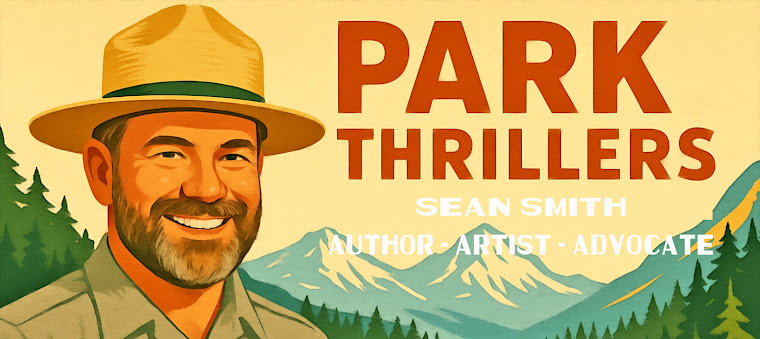For tens of thousands of years, long before European migrants settled on the American continent, Bison were played a pivotal role in the central plains ecosystem. Once numbering in the tens of millions, bison herds stretched from the Appalachians in the east to the Rocky mountains in the west and from the Gulf of Mexico to Alberta Canada. Bison were a prey species for wolves and grizzly bears. They also served as one of the central sources of survival for the plains Indians.

Through a combination of activities such as sport and market hunting, as well as, the US Army's policy of killing bison to deprive plains Indians of their main food source, bison were nearly removed from the American continent.
 In 1902 the US Army was in charge of big western parks like Yellowstone. In an ironic twist, the Army at Yellowstone recognized the Bison's dire condition and began active measures to restore the herd. Roughly 2 dozen bison were purchase from private farms and brought to Yellowstone. Today the park's herd has upwards of 5 thousands animals. It's an encouraging recovery story.
In 1902 the US Army was in charge of big western parks like Yellowstone. In an ironic twist, the Army at Yellowstone recognized the Bison's dire condition and began active measures to restore the herd. Roughly 2 dozen bison were purchase from private farms and brought to Yellowstone. Today the park's herd has upwards of 5 thousands animals. It's an encouraging recovery story. The Department of Interior and the National Park Service both recognize the symbolic significance bison play in our nation's history and have prominently display the animal on the department's seal and the agency's badges. The animal is there to remind these government entities that wildlife such as bison are a key park of wild places. If we can make room for animals like bison, we just might be able to protect the other things like clean air and water, natural quiet, and night skies. All these things are important to creating a country and world that can sustain life.
The Department of Interior and the National Park Service both recognize the symbolic significance bison play in our nation's history and have prominently display the animal on the department's seal and the agency's badges. The animal is there to remind these government entities that wildlife such as bison are a key park of wild places. If we can make room for animals like bison, we just might be able to protect the other things like clean air and water, natural quiet, and night skies. All these things are important to creating a country and world that can sustain life.I had a number of opportunities to work with wild bison most notably in Yellowstone. As a ranger I had to keep visitors and bison separated in order to protect both. While working with Bluewater Network, I helped draft rules that protect bison from snowmobile harassment.
It's a priority of my wife and me to introduce my kids to some of the world's most wild places. Having them say cool while being surround by a snorting bison is one of our highlight experiences.
Protecting and passing along a sustainable Bison herd says more than just humans can protect a species. Rather it says that we can correct past mistakes and pass onto future generations a better planet.
####
Sean Smith is an award winning conservationist and author. He is a former National Park Ranger at Yellowstone, Glacier, and the North Cascades. He is a TEDx speaker, and private pilot. He graduated from the University of Washington in 1989 with a degree in Political Science. He got his master's in Natural Resources Management from Central Washington University in 1996. He currently runs Washington State's efforts to reduce and eliminate toxic chemicals from consumer products and serves as the Mayor Pro Tem of Covington.
He has been writing stories and books since he was a child and currently writes national park thrillers from the shadow of Mount Rainier.
He has been writing stories and books since he was a child and currently writes national park thrillers from the shadow of Mount Rainier.
All his novels can be found here: Mr. Sean D Smith


No comments:
Post a Comment